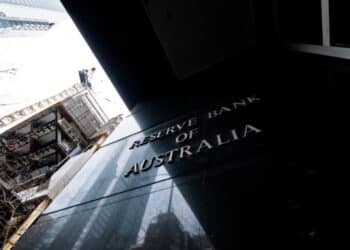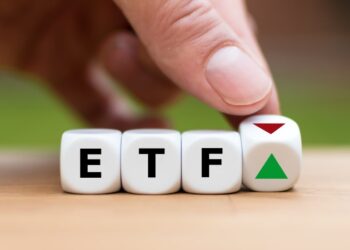According to investment executives, the Australian commercial real estate debt (ACRED) market is witnessing significant growth driven by a confluence of factors like regulatory change and growing investor interest.
The ACRED sector is said to be valued at some $450 billion, with $373 billion attributed to traditional lenders and a substantial $74 billion to non-bank lenders.
Speaking on a recent InvestorDaily webcast, three professionals operating in the space explained that a surge in non-bank lending has significantly contributed to the sector’s growth, with non-bank lenders said to hold a 16 per cent market share as at June 2023.
Namely, as explained by Zagga’s director of investment and risk, Tom Cranfield, strenuous regulatory requirements have seen traditional banks exit the space with non-bank lenders stepping in to fill the gap.
“Private capital has always been around, but you’ve just seen the emergence of it basically stepping in to fill the gap,” Cranfield said.
“I think the dynamic that has driven the establishment of the marketplace and the sophistication is that as time has gone on, you’ve seen more capital come into the space at a corporate, institutional, offshore, private wealth, high-net-worth marketplace.”
Cranfield noted that while the banks will “always have a hand in the space”, given the immense size of the Australian property market, they don’t represent a challenge to private credit providers.
In fact, according to Nick Raphaely, co-CEO of AltX, who joined Cranfield on the webcast, there’s “never been a better time to be an investor in the space”.
“And I think there’s probably two main reasons, in my opinion, for that. The first is after a decade, you have businesses with track records,” Raphaely said.
Elaborating on this, he noted that businesses like AltX have, over the past decade, done “thousands and thousands of loans, billions of dollars of volume” and not just in benign lending environments.
Besides the highly important track record that spans years and volatile economic period, Raphaely emphasised that market operators like AltX “actually understand” the sector.
“There’s not too many conceptual leaps of faith in terms of kind of where the money is and how the money, how you get the money back,” he said.
“I think it feels to me like a golden period for investors, you know, albeit we’re in a period of … a little bit of uncertainty because rates have risen. I think the economy’s going to start to get a bit tougher, but certainly in terms of what the asset class is and how investors access it, there’s many access points … So I think there are lots of opportunities for investors.”
Adding that CRED does not exist to “replace your equities portfolio”, Cranfield said the sector provides “stable, defensive, safe returns based on an underlying or underpinning security that’s well understood”.
“If you look at the professional managers, the wealth advisers, the financial planners, the funds managers, they’re deploying their clients’ products into it because they believe in it,” Cranfield said.
Also speaking on the webcast, Andrew McVeigh, managing partner at Remara, added that he, too, expects CRED to continue to evolve and grow despite ongoing economic uncertainty.
“I think from our perspective, we still see a very good, strong position in Australian real estate. It’s a position that’s now embedded that it’s a major pillar of the Australian economy … We see the benefits of real estate debt in someone’s portfolio as providing that sleep easy at night aspect,” McVeigh said.
“You don’t have the volatility in a price, you don’t have the volatility in your capital … your ability to open up your portfolio in the morning and you haven’t seen a 20 per cent drop or a 20 per cent increase certainly has value for investors … and it just gives you a little bit more certainty in what is substantially still a pretty uncertain time.”
To hear more from the webcast click here.







